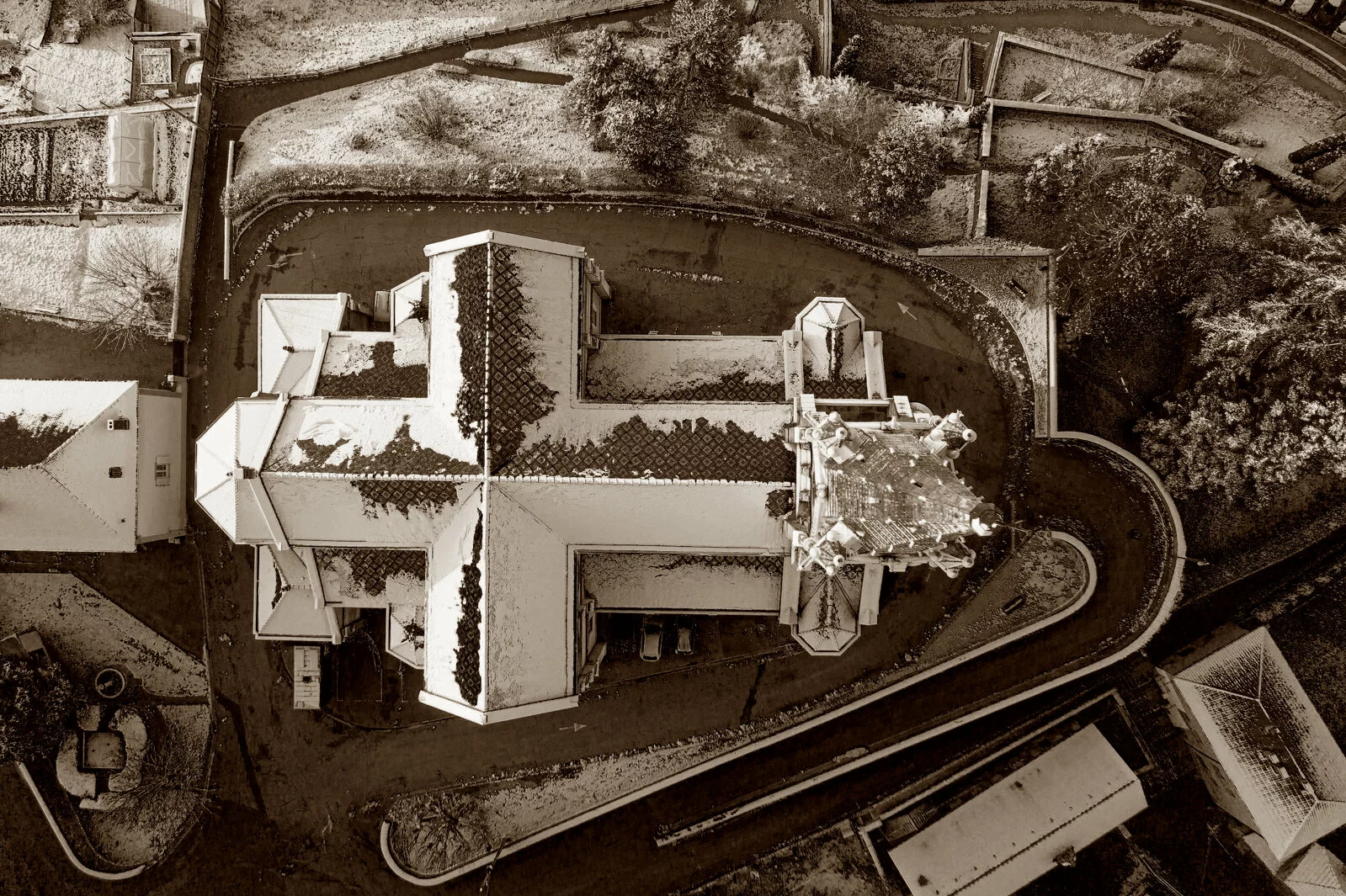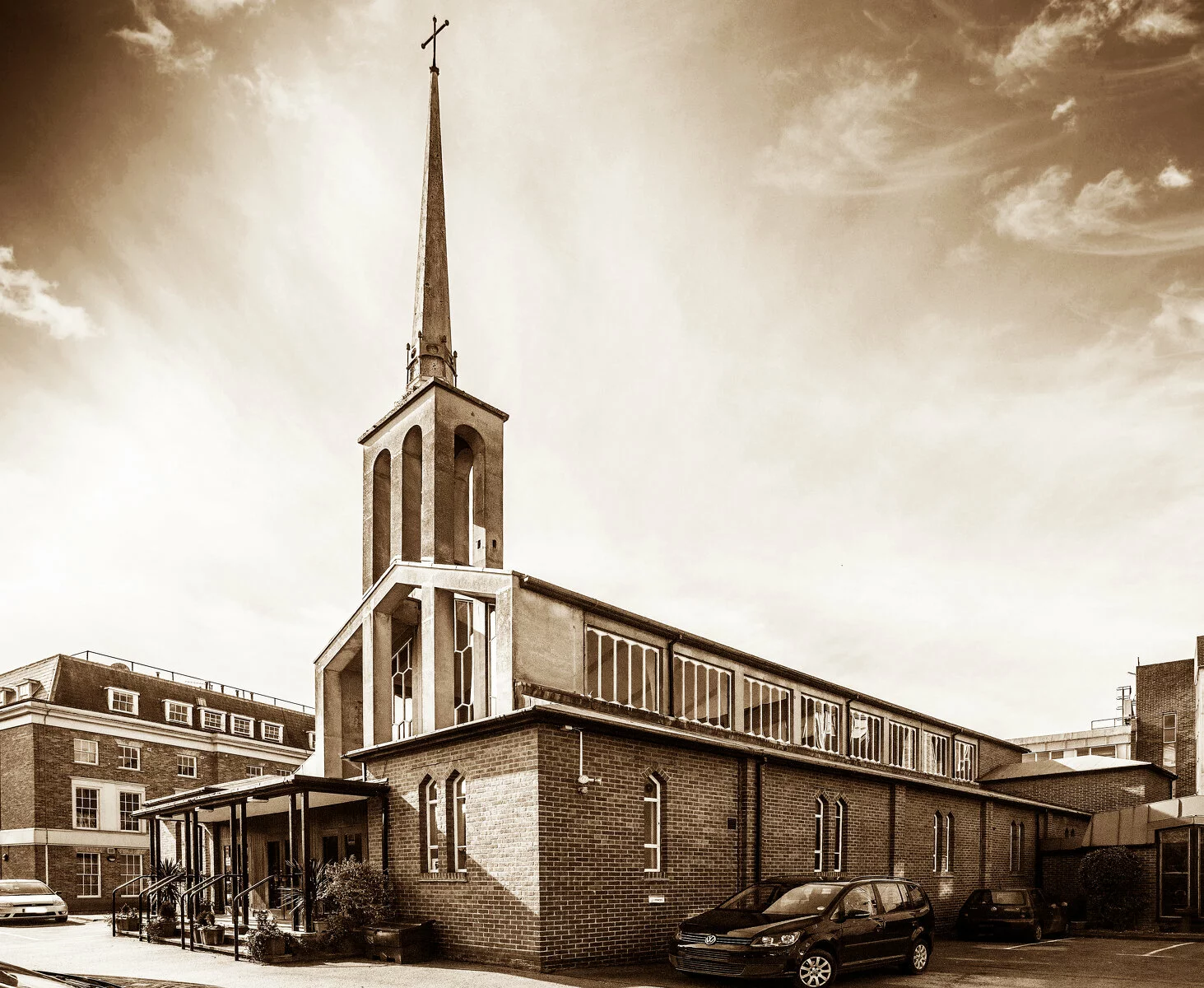Across the nation, pastors and leaders are making their best attempts to disciple congregations and invite the community to connect with the church. In a post-Christian world where Jesus is considered one among many great spiritual teachers, the church’s challenge is to demonstrate how she is different from all the other options. Aspen Group is trying to make the case that our buildings play a strategic role in that challenge.
Even among the faithful, one in four Christians finds it difficult to motivate themselves or their families to show up to church on any given Sunday. Out of the four generations studied in this report, Gen Z is most likely to feel distracted during church services and is most likely to feel unmotivated.
We all have an innate longing to be met by God, to be a part of a community in which we feel safe and seen, and to feel like we have a place that feels like home even when we feel at odds with the world. Aspen Group is making the case that the design of ministry spaces is an overlooked critical piece in for churches to shape discipleship, including responding to people’s emotional and spiritual needs.
In partnership with Aspen, Barna Group conducted a study to understand the perceptions and perspectives on the importance of Church space and what that means for the future. The report Making Space for Inspiration offers an in-depth analysis of what different groups think about the importance of physical space and its impact on spiritual formation.
This executive summary distills the full Aspen/Barna report for a simple but incisive overview of the study.
Introduction: Designing with The Intention of Inspiration, Transcendence, and Safety
In the past, the grandeur of a church building has set it apart from its local community in a meaningful, recognizable, and invitational way, signifying a place of welcome, safety, community, and spiritual formation. As the spiritual climate of the western world changes and the number of church-going Christians declines, we need to create space not just for gathering, but for formation.
For humans—created with bodies and souls that intermingle—the built environment has the power to form our desires, whether those desires nudge us towards or pull us away from Christ. Can church design help nudge people to love God and neighbor more? What kind of space inspires people to a closer relationship with God, standing in contrast to the mundane, consumerist, and flashy which inundate and bog us down in an anxious world?
Churches have the opportunity to cultivate transcendence (historically considered as “the good, the true, and the beautiful” which point us to God) not only in words, worship, and prayer, but within the physical spaces we inhabit. Our recognition of God and our understanding of how he works can be illuminated (or not) by the atmosphere of a building, in sounds and smells, and in light and color. These types of physical spaces serve as a conduit for us to experience goodness, truth, and beauty, being met by God in a tangible way.




